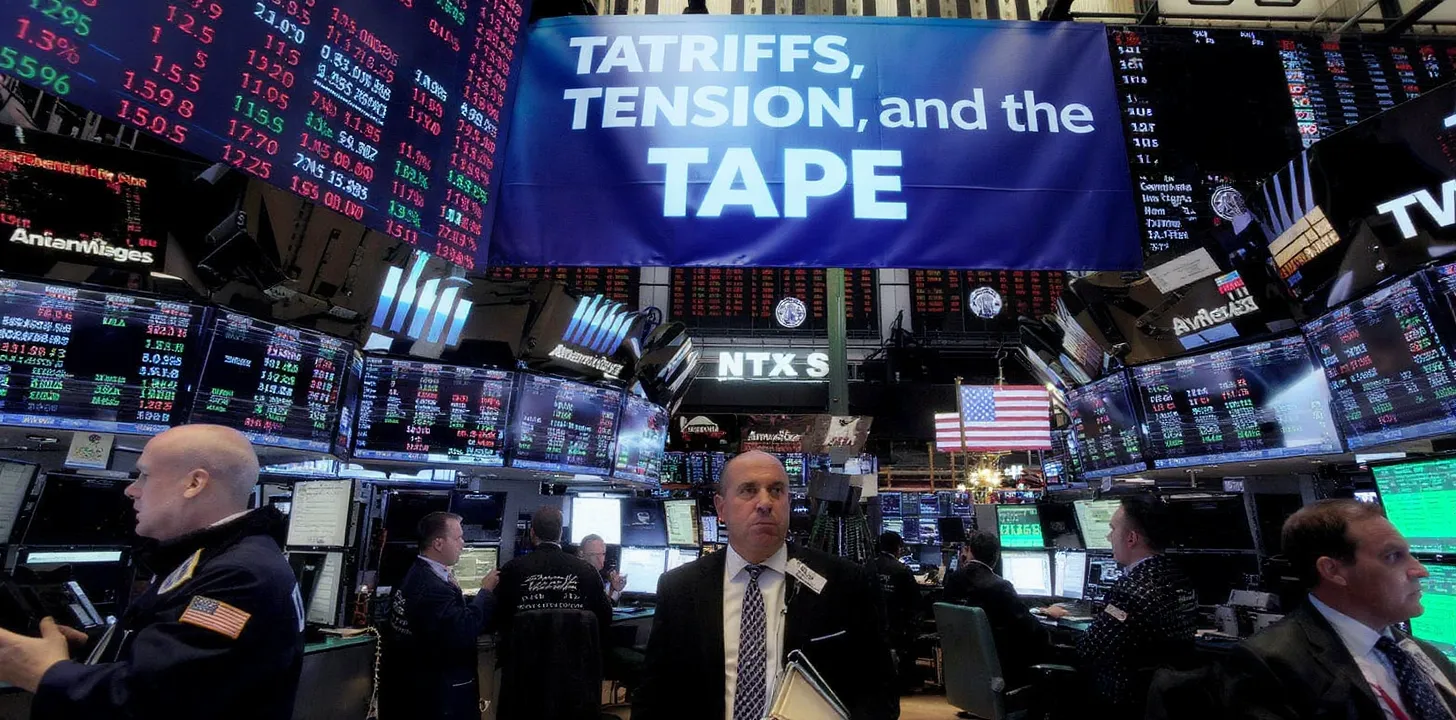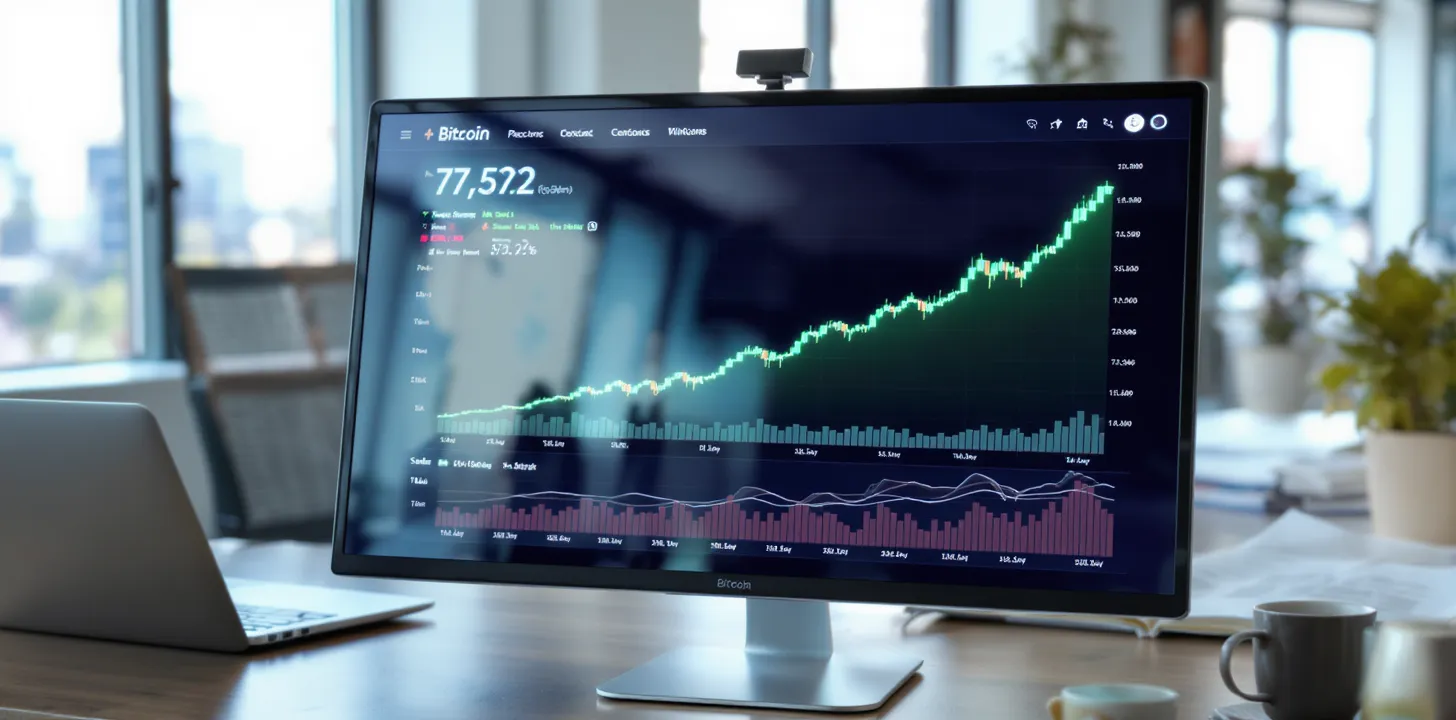The setup: a year of dollar whiplash
Currency has quietly turned into the loudest line item in earnings. Through the first half of 2025, the U.S. dollar fell sharply—roughly a double-digit drawdown on the DXY—pumping reported sales and EPS for multinationals as foreign revenues translated back into more dollars. Then early October arrived and the greenback bounced, reminding everyone that FX is not a one-way tailwind but a moving target with the power to recut guidance mid-season. Treat 2025 as a lesson in translation math: the same operational results can look meaningfully different depending on the month-end FX print straddling your quarter. And as of October 8, the dollar has regained altitude to its highest levels in weeks, injecting reversal risk just as Q3 numbers roll in.
A clean framework: reported vs. constant currency vs. organic
If you want to separate genuine operating strength from accounting uplift, anchor on three layers:
- Reported growth is the headline number—GAAP or IFRS—after translating non-USD subsidiaries at the period’s average exchange rate.
- Constant-currency (cc) restates current-period foreign results using last year’s rates, stripping out translation effects.
- Organic/cc then excludes M&A and divestitures to isolate the core engine.
This is not semantics. Roughly two-fifths of S&P 500 revenues originate outside the U.S., so translation alone can swing index-level growth by full percentage points in a year when FX is volatile. When your revenue base is that global, misreading the cc vs. reported gap is how you mistake a currency gust for “momentum.”
The timing mismatch: why the P&L echoes
Translation gains show up immediately in reported figures; cost pass-throughs don’t. A weaker dollar boosts the USD value of overseas sales this quarter, but higher import costs for domestic, import-heavy names may bleed into gross margin with a lag as hedges roll off, inventory turns, and contracts reset. That’s the 2025 paradox: Q2’s softer dollar flattered top lines for exporters even as many retailers and domestic staples only begin to absorb higher landed costs into Q3/Q4. Meanwhile, October’s rebound in the dollar raises the risk that Q4 constant-currency growth holds, but the translation “multiplier” shrinks just as cost pressure shows up—an unpleasant asymmetry for companies that benefitted from the spring slide and did not fully hedge the translation.
Case studies: translation vs. substance in staples and beverages
Look at household-name staples for a clean read. Procter & Gamble’s fiscal 2025 print underscored the translation reality: reported sales were flat year-over-year with FX a 1-point drag, while organic sales rose 2%—a reminder that cc/organic is where the operational signal lives. That’s not hand-waving; it’s P&G telling you in black and white that foreign exchange masked real pricing/mix execution. Coca-Cola’s second quarter readout delivered a similar lesson: net revenue up 1% reported, +5% organic, and notably strong comparable currency-neutral operating income growth—an explicit bridge between operational muscle and FX noise. In both cases, you can reconstruct the gap between operational progress and the currency overlay by comparing reported vs. cc metrics.
The anatomy of the “FX bridge”: how to quantify translation
Here’s the practical decomposition for analysts building an “FX bridge” without reinventing the 10-Q:
- Start with reported revenue growth (ΔR).
- Subtract management’s disclosed FX impact on revenues to derive cc revenue growth. Use the same approach on operating income or EPS to get cc OI/EPS.
- Isolate M&A/divestitures to land on organic/cc.
- Compare cc vs. reported to estimate the translation boost/drag.
- Cross-check with segment geographies (10-K Item 1 and footnotes) and any disclosed sensitivities (e.g., “a 1% move in [currency] impacts EPS by x bps”).
The punchline: the bigger the gap between reported and cc, the less confidence you should assign to “momentum” persisting when FX mean-reverts—especially with an October dollar bounce shadowing Q4 guides.
Hedging is not a binary switch
Corporate hedging is more nuanced than “we’re covered” or “we’re exposed.” There’s transactional hedging (protecting cash flows on costs/pricing) and translational hedging (protecting the USD value of foreign subsidiaries when consolidating). Many firms hedge the former far more systematically than the latter. In 2025, surveys and market data show a broad move to extend hedges and tweak ratios as FX volatility, policy risk and changing rate differentials shift the calculus. If the Fed’s rate cuts lower the forward points for euro investors, hedging costs fall—raising hedge ratios and potentially muting the translation uplift investors came to expect after the spring dollar slide. Your read-through: “FX neutral” guidance may be meaningfully more “neutral” in 2H than in 1H.
Where the footnotes become alpha
The most informative disclosures in a currency year aren’t the platitudes about “headwinds” but the specifics:
- FX sensitivity: who quantifies a 1% move in EUR/JPY/CNY into revenue or EPS deltas?
- Hedge tenor and coverage: are they rolling three months at a time or layering six- to twelve-month forwards?
- Constant-currency guides: do they publish cc targets alongside reported?
- Procurement currency: USD-denominated inputs vs. local-currency sourcing can invert who’s helped or hurt when the dollar moves.
Coca-Cola, P&G, and peers that habitually present cc and currency-neutral operating metrics make the analyst’s life easier: you can evaluate “core” execution regardless of FX. The trick in 2025 is to judge whether the cc improvement is price-led (potentially fadeable if elasticity bites) or volume-led (more durable) once the translation sugar-high dissipates. Coca-Cola Company
What to watch this earnings season
Three practical tells will separate substance from FX gloss:
First, the cc gap. When reported growth decelerates but cc growth holds steady, you’re seeing translation fade, not necessarily demand erosion. Don’t downgrade a franchise for the unit of account. Pair that with FY currency assumptions in guidance to see whether management is implicitly underwriting a stronger or weaker dollar into Q4.
Second, margin shape vs. top-line shape. Domestic, import-heavy names may show stable revenue but eroding gross margin as earlier FX tailwinds roll off and inventory priced at stronger dollars hits cost of goods. Watch for margin pressure lagging revenue by a quarter; if October’s stronger dollar persists, that lag moves the other way.
Third, changes in hedging commentary. Rising hedge ratios and longer tenors suggest the “FX beta” to EPS should compress into 2026, even if 2025 was a currency-tilted year. That’s good risk management—but it also removes a source of reported upside that padded Q2 prints when the dollar was soft.
The big risk: a dollar snapback just as costs catch up
The risk investors should model is not just “a stronger dollar” in the abstract. It’s sequencing: a Q4 in which translation uplift fades (hurting reported growth) while domestic importers belatedly absorb higher input costs (hurting margin), compressing both numerator and denominator in valuation narratives that relied on the spring’s favorable FX math. The October rebound is your live-fire test: if the greenback holds higher into year-end, expect guidance to lean harder on cc framing and for valuation spreads between exporters and domestic names to narrow. Treat cc growth as your baseline truth, and let reported growth be the FX-tilted version of the same story—useful for GAAP, but not the metric that should steer your forward P/E.



